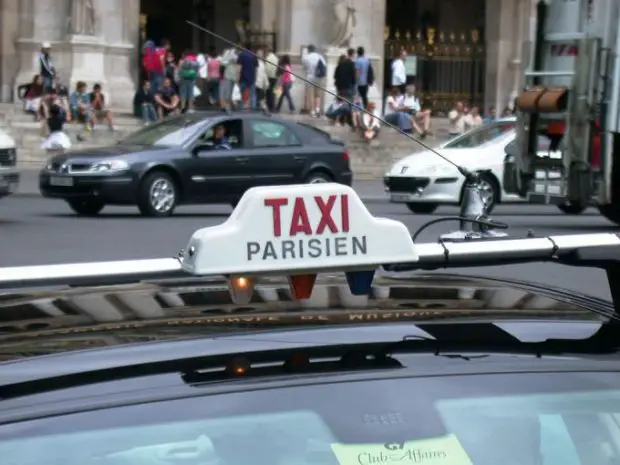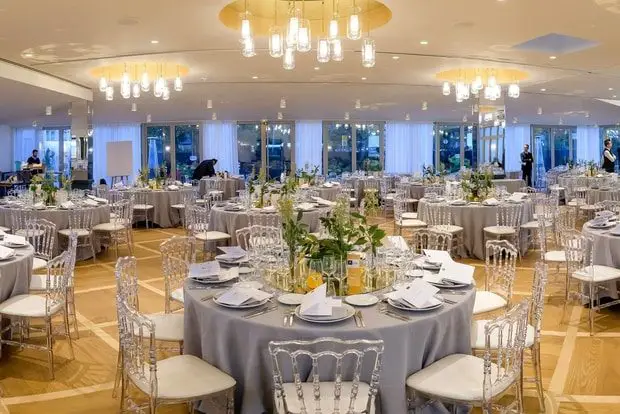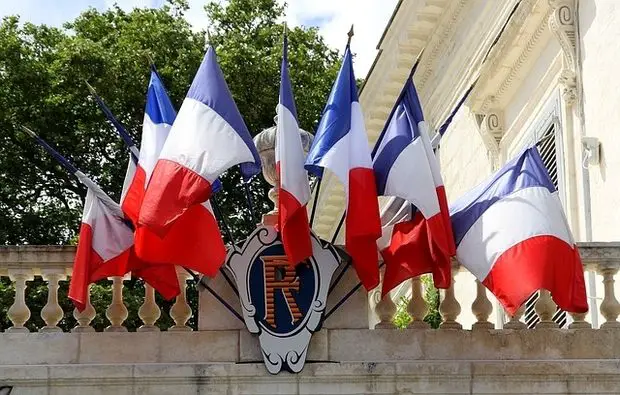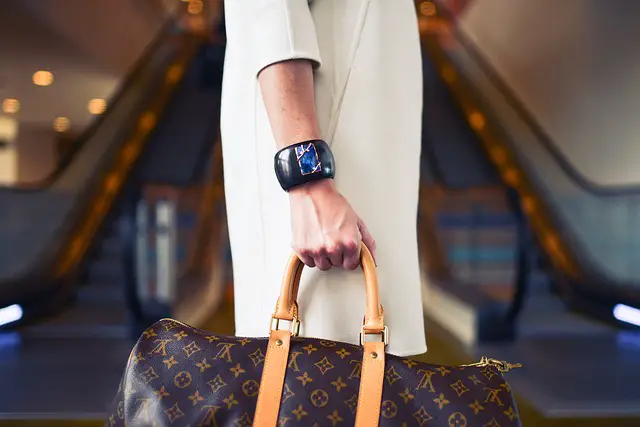The bouquinistes are the green book stalls lined up along the Seine River. They’ve been part of Paris for centuries. If you’re planning a trip, here’s why you should stop by—and support them.
1. They’ve been part of Paris for over 400 years

The first bouquinistes started selling books along the Seine in the 1600s.
At the time, they walked around with small boxes of books.
Later, they were given permission to build fixed stalls on the riverbanks.
Today, they’re one of the oldest outdoor book markets in the world.
2. Each stall is run by a real local
Voir cette publication sur Instagram
The people running the stalls are independent sellers, not employees of a company.
Most of them live in Paris and have been doing this job for years.
They choose what they sell and how they arrange their books.
Every stall reflects the personality of the person behind it.
3. You can find books you won’t see anywhere else
Voir cette publication sur Instagram
Some stalls have rare books, out-of-print titles, or first editions.
Others have old comic books, French novels, or English paperbacks for travelers.
You never know what you’ll find—it’s different at every stall.
Some books are decades old and no longer in bookstores.
4. Many stalls sell vintage postcards and photos
Voir cette publication sur Instagram
Besides books, you can also find black-and-white photos, old postcards, and prints of classic Paris scenes.
Some are real antiques, while others are reproductions.
They make great souvenirs—flat, easy to carry, and full of history.
You can often find Paris from the 1900s or even older.
5. The views from the stalls are iconic
Voir cette publication sur Instagram
The bouquinistes are located along the Seine River, between famous places like the Louvre and Notre-Dame.
While you browse, you can look up and see the river, historic bridges, and famous buildings.
It’s one of the most photographed areas in Paris. The view itself is part of the experience.
6. This tradition is protected by UNESCO
In 2021, UNESCO gave the bouquinistes special cultural status.
That means they’re recognized as an important part of the world’s heritage.
Only a few traditions get this honor. It helps protect the stalls and their place in the city.
7. It’s one of the last open-air book markets in the world
Voir cette publication sur Instagram
Very few cities still have booksellers working outdoors every day.
In Paris, over 200 green metal stalls stretch for more than 3 kilometers.
You can walk for nearly two miles and browse books the whole way.
It’s a rare thing that still exists in the middle of a modern city.
8. The stalls make Paris feel like Paris
Voir cette publication sur Instagram
The bouquinistes are part of the city’s daily scenery.
Locals walk past them on their way to work.
Tourists stop to look, even if they’re not planning to buy anything.
Without them, the Seine riverbanks would feel empty and less unique.
9. The souvenirs are affordable and personal
You don’t need a big budget to shop here.
Many items cost just a few euros, like an old postcard or a used book.
These small things often have more meaning than mass-produced souvenirs.
Each one has a little history behind it.
10. Some stalls offer antique or collectible books
If you’re a book lover, you might find real treasures here.
Some sellers have first editions, rare covers, or signed copies.
These are usually kept in plastic or behind the stall to protect them.
Just ask politely if you’re curious.
11. You can find art prints and illustrations
Voir cette publication sur Instagram
Many bouquinistes sell beautiful prints—like old maps, drawings of Paris, or posters from past decades.
Some are original, others are quality copies.
They’re flat, easy to carry, and look great framed.
It’s a great way to bring a piece of Paris home.
12. They help keep French book culture alive
France is proud of its writers, books, and reading habits. The bouquinistes are part of that culture.
They keep physical books out in public where anyone can see and touch them.
This helps younger generations stay curious about books.
13. Browsing is free
Voir cette publication sur Instagram
You don’t have to buy anything to enjoy the experience.
Walking along the river, flipping through books, or just looking at the covers is already fun.
Some stalls are organized like mini libraries. It’s calm, open-air, and welcoming.
14. You might discover a hidden gem
Voir cette publication sur Instagram
You never know what you’ll come across.
Maybe a book you’ve been searching for, or one you didn’t even know existed.
That’s the magic of second-hand stalls—every visit is different.
The surprise is part of the fun.
15. Many vendors like to talk about their books
Voir cette publication sur Instagram
Some sellers are real book lovers.
They enjoy chatting, giving recommendations, or explaining where a book came from.
Even if you don’t speak perfect French, many will try to help.
It makes the experience more personal.
16. The green boxes are iconic
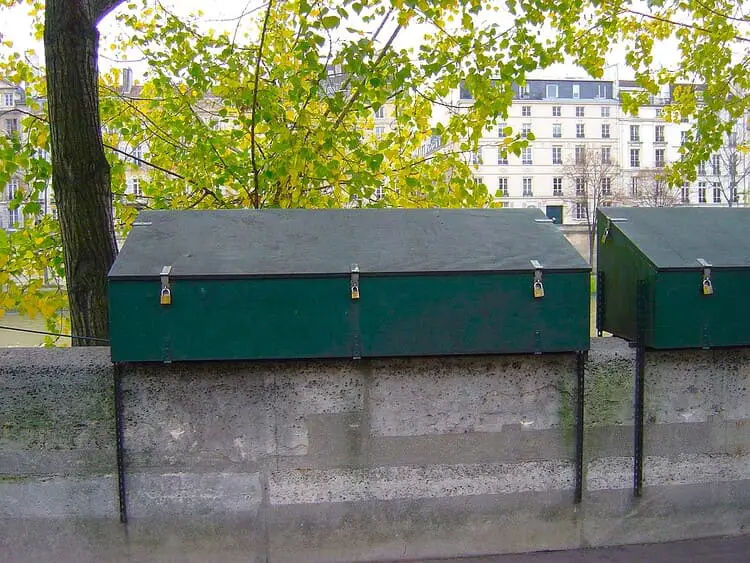
The dark green boxes used by bouquinistes are part of the city’s image.
You see them in photos, postcards, and even movies.
They’ve looked the same for decades.
They’re a symbol of old Paris that’s still alive today.
17. It’s a slow way to explore Paris
Voir cette publication sur Instagram
There’s no rush at the bouquinistes.
You can take your time, walk along the river, and stop whenever you want.
It’s not like a shopping mall—it feels more like a quiet adventure.
That’s the kind of travel people remember.
18. The bouquinistes are struggling to survive
Fewer people want to become bouquinistes.
In 2024, only five applied for empty stalls—compared to 71 in 2022.
The job is hard: long hours, bad weather, and low pay. Some sellers now focus more on tourist souvenirs than books, which changes the original spirit of the stalls.
These changes show that the tradition is not just old—it’s at risk of fading away.
19. This is the moment to support them
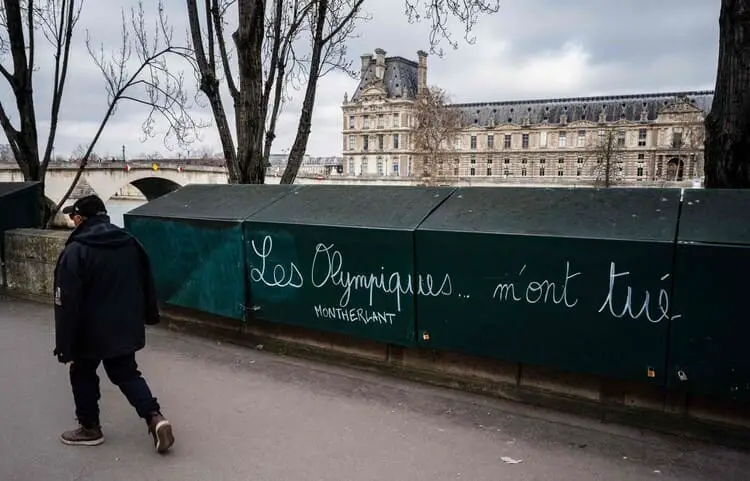
The bouquinistes fought hard in 2023 to stay open during the Olympics, and public support helped them win.
But the event revealed how fragile their future really is.
Since 2019, they’ve been part of France’s official cultural heritage, and now they’re asking UNESCO to protect them too.
Recognition helps—but what helps more is visitors who stop, browse, and buy something.

With a passion for travel and having visited over 50 countries, Dorian is eager to share his favorite spots and expert tips to help you explore Paris and France like a local.


 (@mirella_bouteiller)
(@mirella_bouteiller)
 (@mareenae)
(@mareenae)